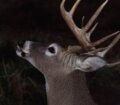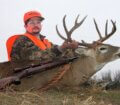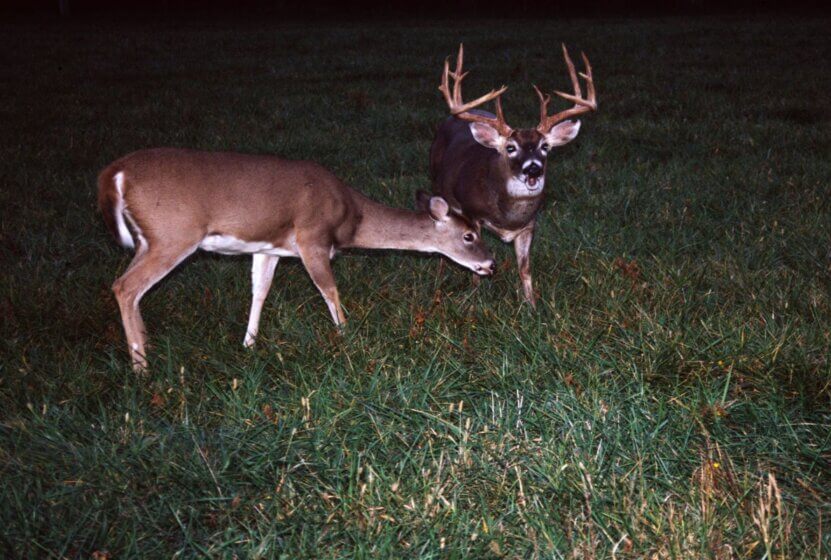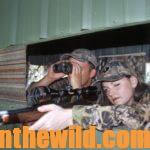Editor’s Note: Ronnie Groom of Panama City, Florida, the longtime owner for 60 years of C&G Sporting Goods, has been one of the foremost deer hunters of our day for the past half century. Groom, a well-rounded deer hunter, participates in bowhunting, primitive-weapon hunting and gun hunting. Groom hunts deer in several states – on public and private lands – where the hunting pressure is both heavy and light.
The area where the deer usually become nocturnal first is in feeding regions, because there are so-many hunters trying to bag deer as the animals come in to feed. Therefore, the deer know better than to move into these types of sites during daylight hours. However, the deer also understand that when dark approaches, the hunters leave the woods. So, although the animals won’t move into the feeding sites until dark, they generally will start toward these feeding regions before dark. If the hunter will follow the trails that lead from the feeding area to the bedding region or the places where the bucks are seeking sanctuary, he can take a stand close to this thick cover.
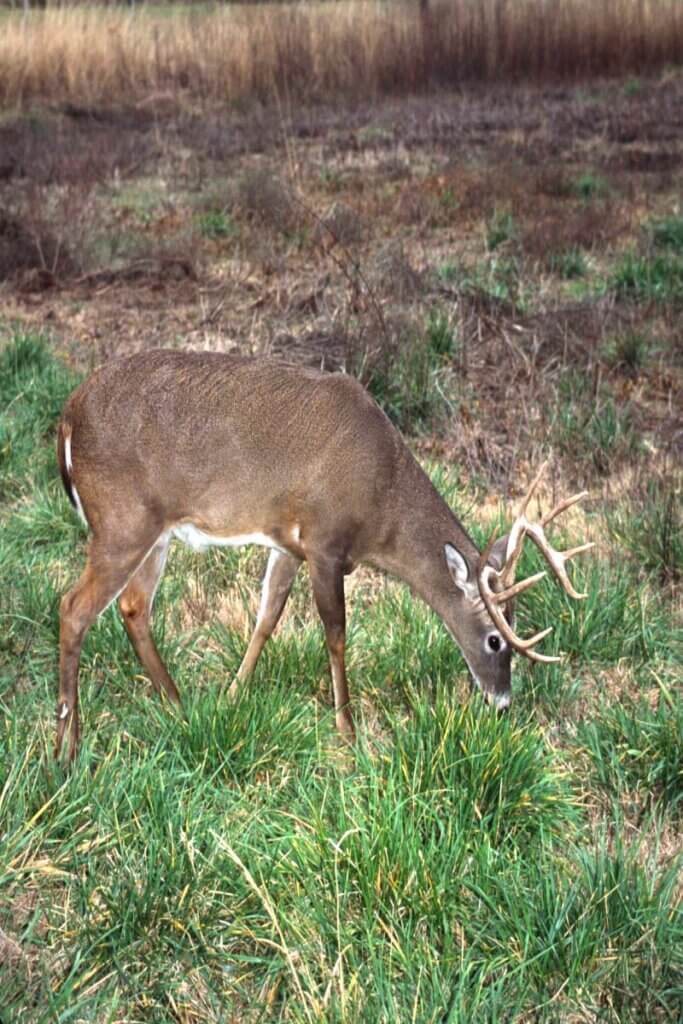
Although hunters know this tactic, they usually make two mistakes when utilizing it. First, they leave their stands too early to bag a deer. A common fear among hunters is that they’ll get lost in the woods after dark. Therefore, they move out of the forests while there’s still enough light to see how to get out of the woods. So, even though they may have their stands in the best places possible, they generally will leave before the deer show up. But utilizing a GPS will take care of that problem.

Hunters who remain in their stands until the light is almost too little to see to shoot are usually more successful in bagging a buck. Most of the time the buck will appear during that last 5 to 10 minutes of daylight, realizing that by the time he reaches the feeding area the woods will be too dark for the hunters to see him, and he can feed undisturbed. So, the buck waits until almost dark before he heads for that food. That’s why understanding how to use a GPS hand-held receiver, the GPS on your phone and/or the hunting app on your phone is so important.
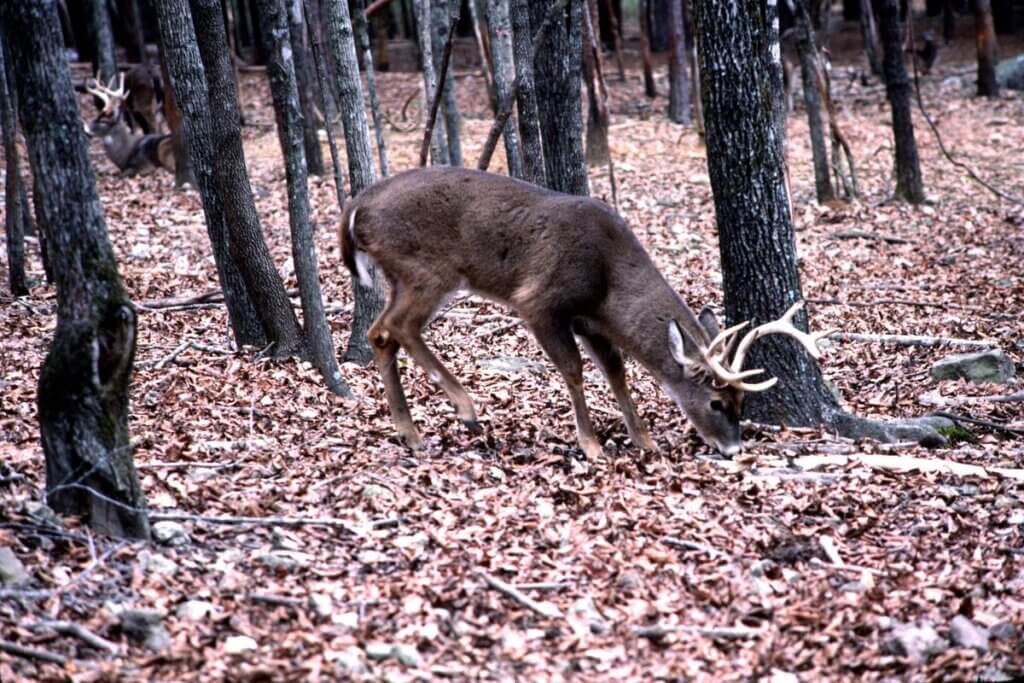
The second mistake that many hunters make is that they shoot the first buck they see. To take a really-nice buck, you must allow the small bucks to pass by you. Remember that the big bucks haven’t grown large by being stupid. They will let the smaller, less-experienced bucks walk out into an opening, before they will. Big bucks assume that if a hunter is out there that the little bucks will die first. So, if you want to take a truly-large deer as he’s moving from a thicket, a sanctuary or a bedding area, most of the time you must let the small deer pass by you, undisturbed.
John E. Phillips’ latest deer book “How to Hunt Deer Like a Pro: Volume II,” just was published on Amazon in print. The Audible version should be available by mid-December. Since deer hunting and deer hunters are drastically changing each year, John interviewed some top deer hunters like Mark Drury, Dr. Larry Marchinton, Dr. Bob Sheppard, Pat Reeve, Gene Wensel, Cody Robbins, Ernie Calandrelli, Brian Murphy and Luke Brewster, who took the world’s largest whitetail, to learn their up-to-date techniques for successfully hunting deer and having more places to hunt.
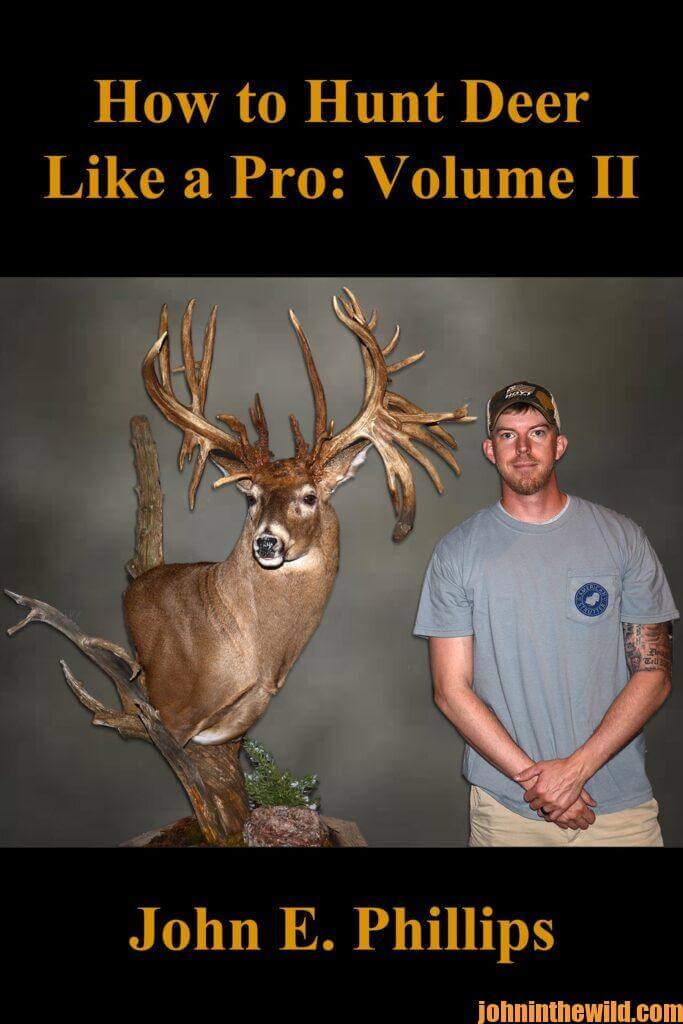
Learn even more about hunting deer by checking out John’s book, “How to Hunt Deer Up Close with Bows, Rifles, Muzzleloaders and Crossbows,” available in Kindle, print and Audible.
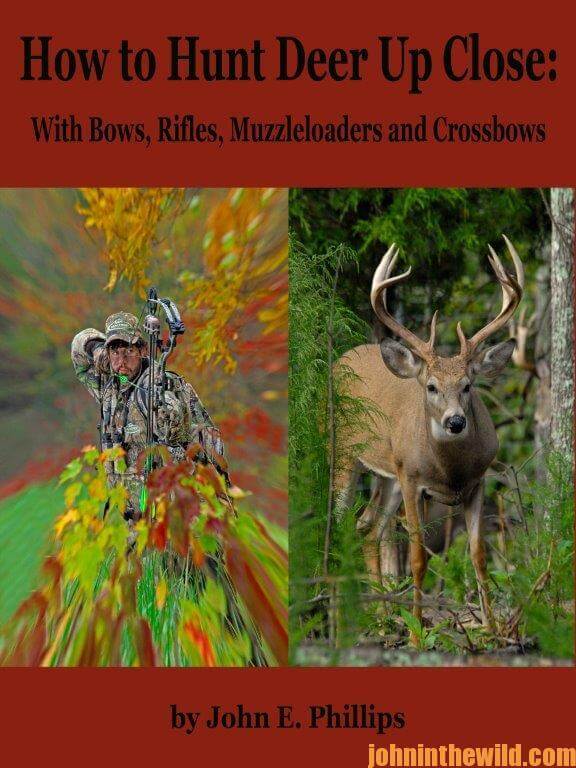
You may have to copy and paste these links into your browser. When you click on the books, notice on the left where Amazon says you can read and hear 10% of these Audible books for free. On the right side of the page for each book and below the offer for a free Audible trial, you can click on Buy the Audible book.
Click here to see all of John E. Phillips’ books on hunting and fishing.
Tomorrow: Hunt Morning and High Noon Deer

